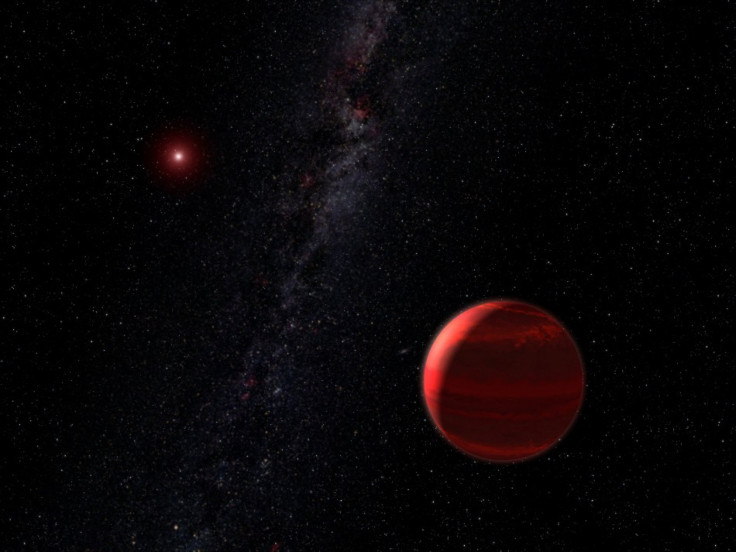Astronomers Find The Coldest Stars In The Universe

Astronomers may have found the coldest star in the universe, a brown dwarf 75 light years from Earth.
Using NASA's Spitzer Space Telescope, Kevin Luhman and John Bochanski of Penn State University and Adam Burgasser of the University of California, San Diego, discovered what looks like a faint companion to a white dwarf star called WD 0806-661. The companion orbits at a distance of 2,500 astronomical units, or about 374 billion kilometers, far enough that light takes a full 11 days to get between them.
Another group from the European Southern Observatory says it too, has found a brown dwarf with an extremely low temperature, called CFBDSIR 1458+10B. It is the smaller companion in a binary system of two brown dwarfs, also about 75 light years distant, though in a different direction.
Either object, if confirmed, would point to the existence of a class of brown dwarfs that has been only theoretical so far. They would be cool enough that water vapor in its atmosphere could form clouds (there wouldn't be a surface to form bodies of water).
The American scientists looked at the age of the white dwarf in the WD 0806-661 system, and came up with a figure of about 1.5 billion years. They then estimated the mass of the companion, and used the data from Spitzer, which sees in the infrared part of the spectrum. From that, they got a temperature of about 300 degrees Kelvin, or 27 degrees C, or about the average daytime temperature of Washington, D.C. in June. If confirmed it would be the coldest brown dwarf ever discovered. An average star has a surface temperature measured in the thousands of degrees -- the Sun's surface temperature is 5,500 degrees C.
The ESO team, which includes scientists from the U.S., France and Germany, used the Keck II Telescope in Hawaii, and then employed the Canada-France-Hawaii Telescope, also in Hawaii, to determine the distance to the brown dwarf duo using an infrared camera. Then the ESO's Very Large Telescope was used to study the object's infrared spectrum and measure its temperature.
Brown dwarfs are bodies that are more massive than planets, but not massive enough that the pressure inside them can fuse hydrogen. That fusion is what makes all stars shine, including the Sun. Generally the upper limit for the mass of such an object is 75 to 80 times the mass of Jupiter.
There is some question as to whether WD 0806-661 would count as a brown dwarf, though. It could be a planet that got pushed out to where it is when the star that would become the white dwarf went nova. Stars like the Sun, when they age, eventually blow off their outer layers and become white dwarfs.
If that happened in this case, the blast from the parent star could have pushed any planets out to wider orbits. If that isn't the case it probably wouldn't be a planet, because the gas and dust that surrounds young stars doesn't tend to form massive objects that far away from the primary.
Michael Liu, of the University of Hawaii's Institute for Astronomy, the lead author of the paper describing the ESO work, said such cold objects are likely to be found more often as time goes on. In fact, once we start taking images of gas-giant planets around Sun-like stars in the near future, I expect that many of them will look like CFBDSIR 1458+10B, he said in a statement.
© Copyright IBTimes 2025. All rights reserved.





















